Lush linen! The best linen yarns to buy today
Searching for an alternative to animal or synthetic fibres for your next project? Look no further than linen!
This eco-friendly, vegan fibre is not only brilliant for knitting and crochet, but also a great choice for weaving and macrame.
In this article you'll find out what linen yarn is and why we love it – and discover some of the best linen yarns to buy right now.
Read on to learn all about linen yarn, or click here to get straight to the yarn!
What is linen yarn?
Linen yarn is a plant-based fibre that's commonly used for summer garments such as T-shirts and vests. It's also good for homewares including dishcloths and make-up remover pads.
Linen is known for its strength, smoothness and beautiful drape. It's also moisture-wicking and cool to wear. Plus it doesn't pill or attract moths like wool, so it's easy to look after.

You'll often see linen blended with something else, such as cotton or acrylic. This is because linen is inelastic and heavy, so adding other fibres gives the finished yarn some stretch and lightness, and makes it more comfortable to work with and wear.
That's not to say there aren't beautiful 100% linen yarns out there too, though. They tend to be lighter weight (often lace or 4ply) and sometimes use a chainette construction rather than spinning, twisting and plying, which helps to provide loft and elasticity.
What is linen yarn made of?
Linen is made from flax plants. 'Flax yarn' and 'linen yarn' are the same thing: flax is the plant, and linen is the fibre.
You might have heard the term 'flaxen' used to describe blond hair – that's because linen fibres look just like hair.
Producing linen from flax is a labour-intensive process, which is why linen tends to be more expensive than other plant-based fibres.

First the flax plants must be harvested. This is done by uprooting (not mowing, which would cut off some of the fibres). Then the flax is left in the field for a number of weeks to allow the parts of the stem near the fibres to decompose.
Next, the fibres are separated from the other layers and graded according to their length. They can then be spun into yarn, with the longer fibres being used to produce smooth, lustrous yarn, and the shorter fibres making a yarn that's coarser and less shiny.
How to soften linen yarn?
When working with linen yarn you may notice how crisp it is. Like other plant-based fibres such as hemp, it can feel rough to the touch and be a little hard on your skin after a while.
To keep your hands in good shape we recommend taking regular breaks from your project and using a non-greasy moisturiser to treat dry skin (try SEAMS Couturiers Hand Cream, which is specially formulated to allow you to handle fabric without leaving marks).

The good news, though, is that the roughness isn't permanent. Linen is like a fine wine – it gets better with age! The fibres in linen yarn soften with washing, so you'll notice a difference in feel once your finished item has been washed and worn a few times.
If you'd rather not wait, you can start this softening process by washing the yarn before you begin your project.
Wind the yarn into a hank and tie it in a few places to keep it from tangling. Give it a soak in warm water for around half an hour (with your favourite wool wash, if you like), and leave it to dry.
Where to buy linen yarn?
The best place to find linen yarn is your local yarn shop. You could also try high street shops that sell craft supplies, such as Hobbycraft and John Lewis. Being able to see and feel the yarn in person is a huge advantage – especially if it's a fibre you haven't tried before.
If you don't have a yarn shop nearby, check whether your nearest has a website that you can order from, or try an online-only brand such as LoveCrafts, Wool Warehouse and Tangled Yarn.
Alternatively, take a look at online marketplaces including Etsy, Amazon and Ebay, where you can discover all kinds of small sellers.
The best linen yarns available right now!
DMC Natura Linen yarn

Combining the drape and lustre of linen with the soft handle and stitch definition of viscose and cotton, DMC Natura Linen (58% linen, 26% viscose, 16% cotton) is a perfect blend for elegant spring and summer projects.
The range of light, nature-inspired shades includes timeless beige and cream, plus subtle pinks and blues. Mix and match them for sophisticated colour blocking.
Natura Linen is a great choice for both knitting and crochet. It comes in 50g/150m balls and works up to a 4ply weight on 3-3.5mm needles and hooks.
Take a look at DMC's website for patterns to accompany the yarn, including a V-neck jumper and casual vest.
- Buy DMC Natura Linen from DMC
Namolio 100% Linen Lace

Made in Italy with a gorgeous colour palette of blue and green melange shades, this lace weight linen yarn is ideal for elegant wraps and shawls. Each skein weighs 50g and has a length of 260m. Look out for their other yarns too, including solid colours and cotton blends.
- Buy Namolio 100% Linen Lace from Etsy
Rowan Creative Linen

With its 50-50 blend of linen and cotton, Rowan Creative Linen brings out the best qualities in both fibres. It has a crisp look and dry handle but feels soft to touch, and relaxes with washing to soften even further.
Cool to wear, it's ideal for spring and summer layers such as sweaters and cardigans. Its excellent stitch definition makes textures, lace and open stitches really shine.
Each 100g skein gives you 200m of DK-weight yarn. The modern colour palette includes a bold mustard yellow to bring some sunshine into your wardrobe, as well as other bright shades and contrasting tones.
- Buy Rowan Creative Linen from Amazon
King Cole Linendale DK yarn

King Cole are specialists in creating top quality yarns at affordably low prices, and their Linendale Dk yarn is no exception! This convenient DK weight yarn is a blend of 57% Cotton, 30% Viscose and 13% Linen. It's a smooth, breathable and lightweight yarn that comes in a fab selection of natural and jewel-inspired tones.
- Buy King Cole Linendale yarn from TheKnittingNetwork
EcoStitch Flaxi Linen
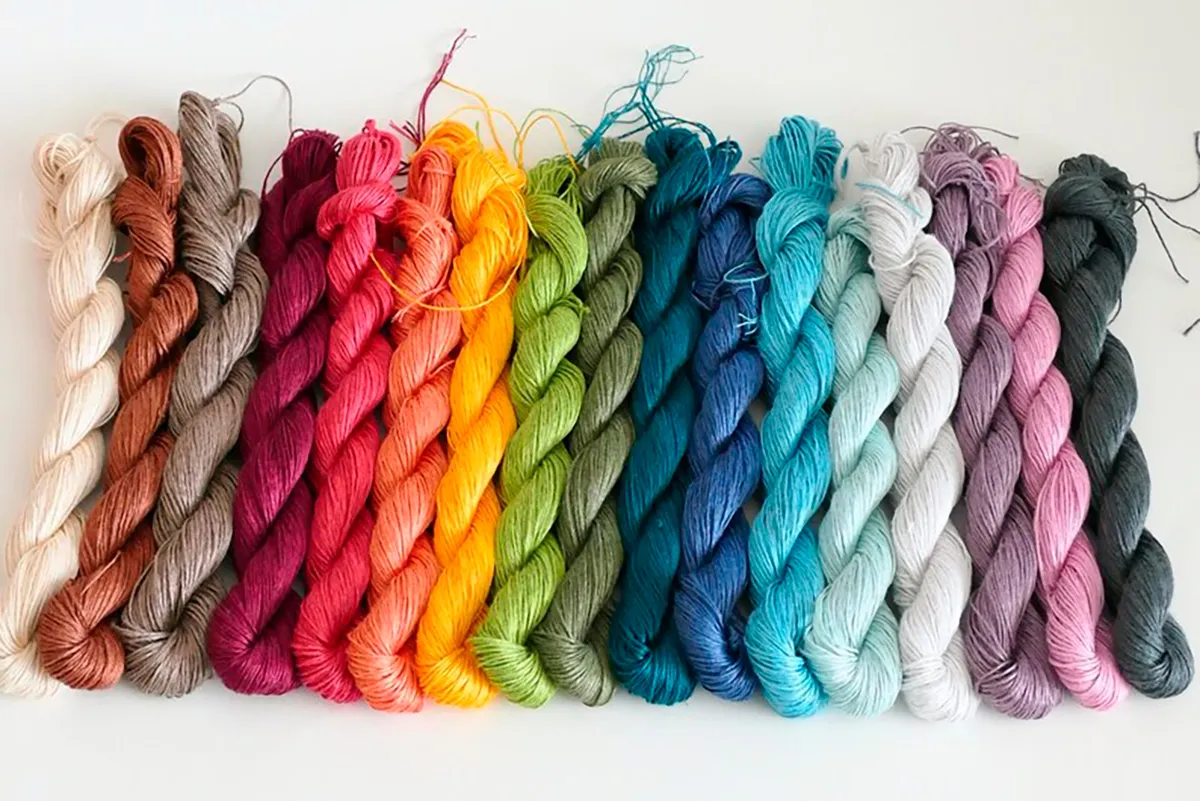
EcoStitch really know their linen yarns – as that's all they sell! Their 100% linen Flaxi range is made from top-quality, certified European flax, dyed and plied in the UK. The 50g/125m hanks come in 17 shades, and are sport weight but will also work up as DK.
- Buy EcoStitch Flaxi Linen yarn from Etsy
Go plant-based in 2023
Try more animal-free fibres with our guide to six of the best vegan yarns for knitting and crochet.
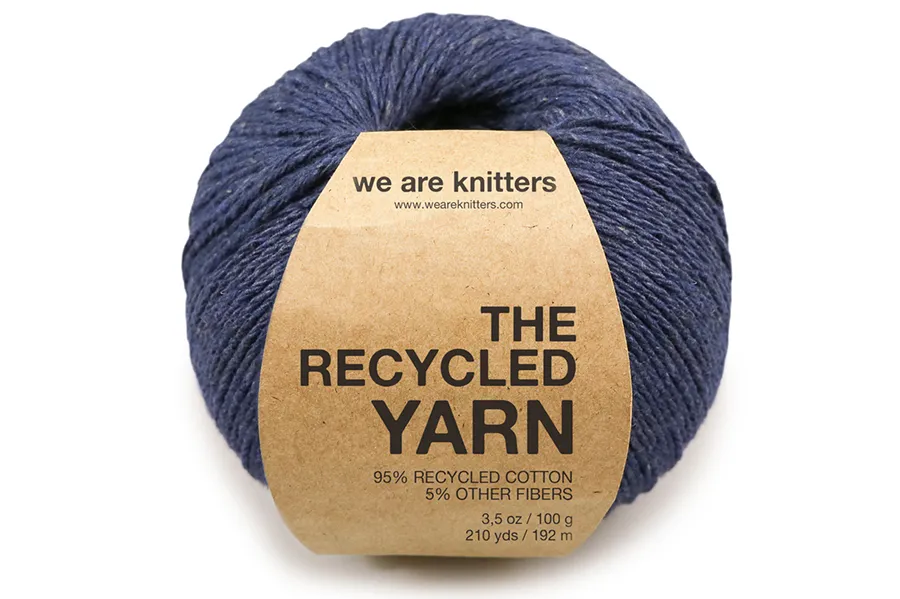
BC Garn Allino
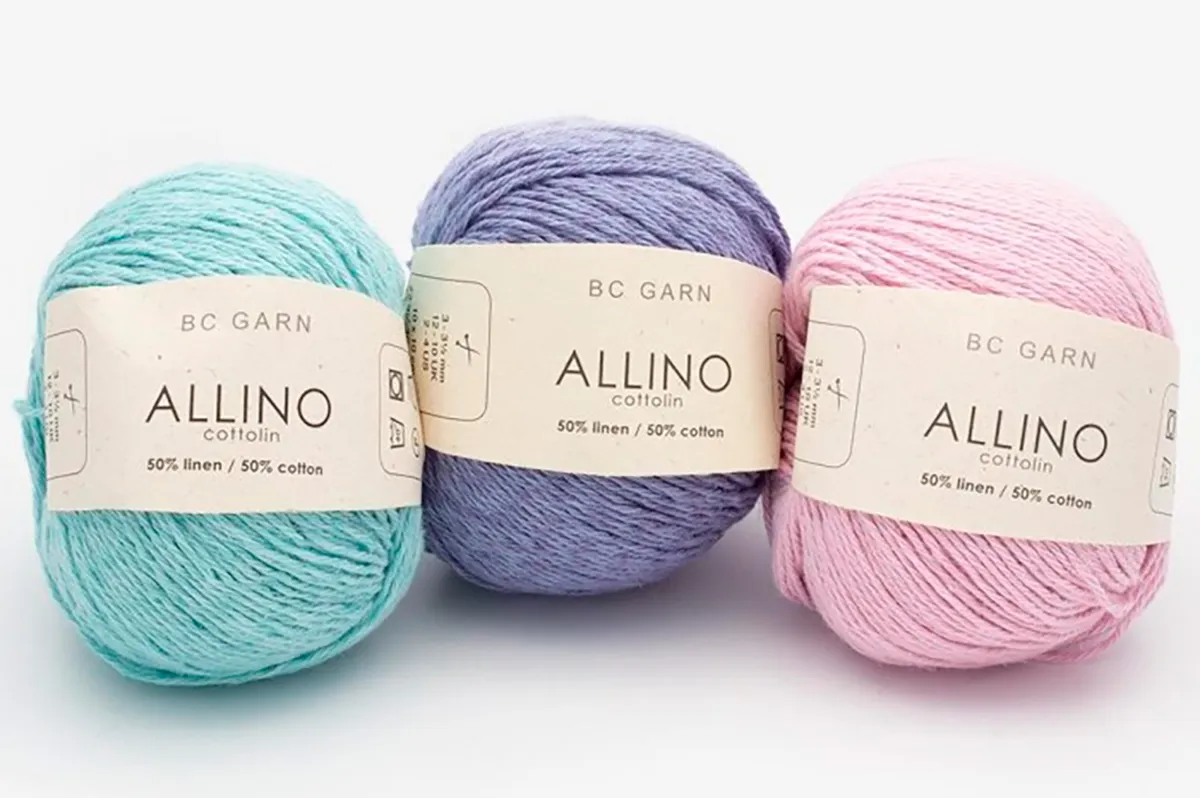
A classic combination of 50% linen, 50% cotton, BC Garn Allino brings together the qualities of both fibres to create a yarn that's perfect for warm-weather crafting. It comes in 50g/125m balls and a versatile DK weight, with a choice of 36 lustrous shades.
- Buy BC Garn Allino from Hobbii
Lusie's Linen Yarn
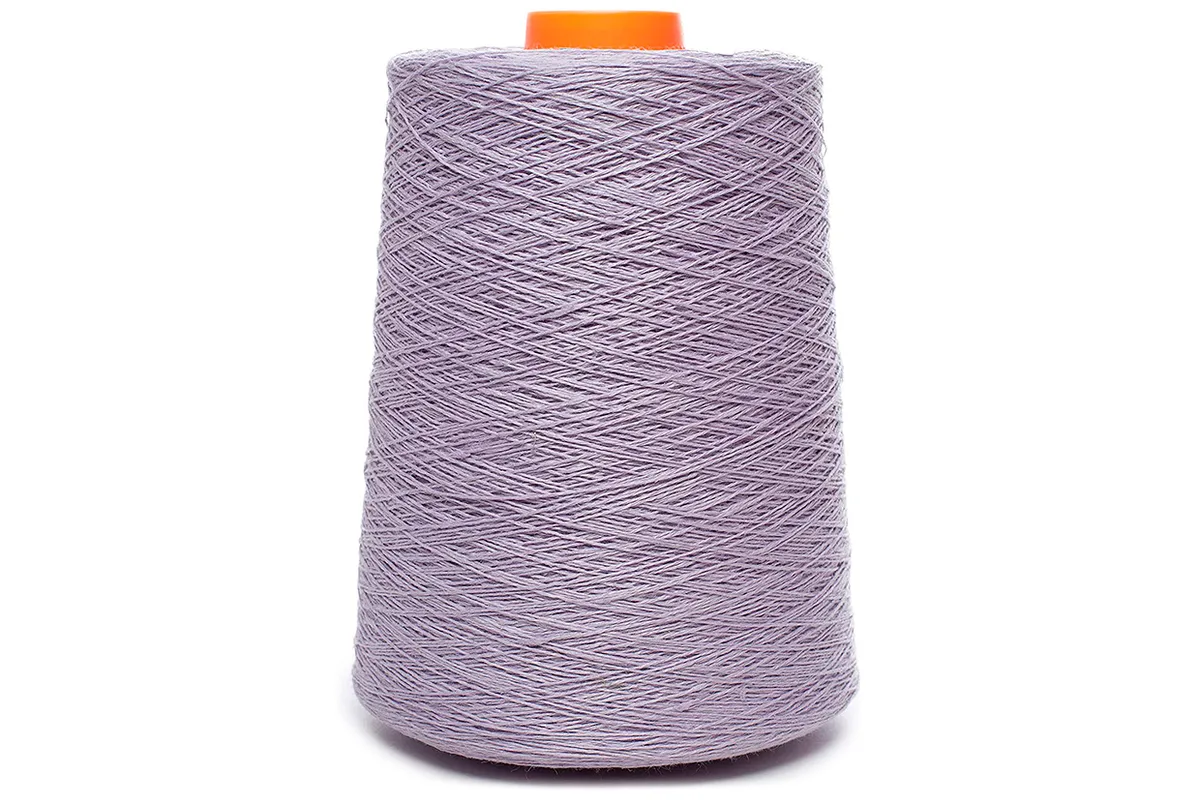
The motto of US brand Lusie's Linen is "from tradition to trend", because they're all about bringing one of the oldest textiles in the world up to date.
Their yarns use flax cultivated and processed in Lithuania, an area with a rich heritage of linen production. They're all made from 100% linen and come in 1, 2, 3 and 4ply variations (1 and 2 are equivalent to lace weight, and 3 and 4 to fingering weight).
As the yarns are sold in cones (rather than balls or skeins), you're getting a lot of metrage for your money – up to 9,450m! This is a great investment if you're looking to make more than one project.
Choose from 23 solid shades, ranging from black and white to pastels and jewel tones.
- Buy Lusie's Linen yarn from Amazon
DROPS Belle
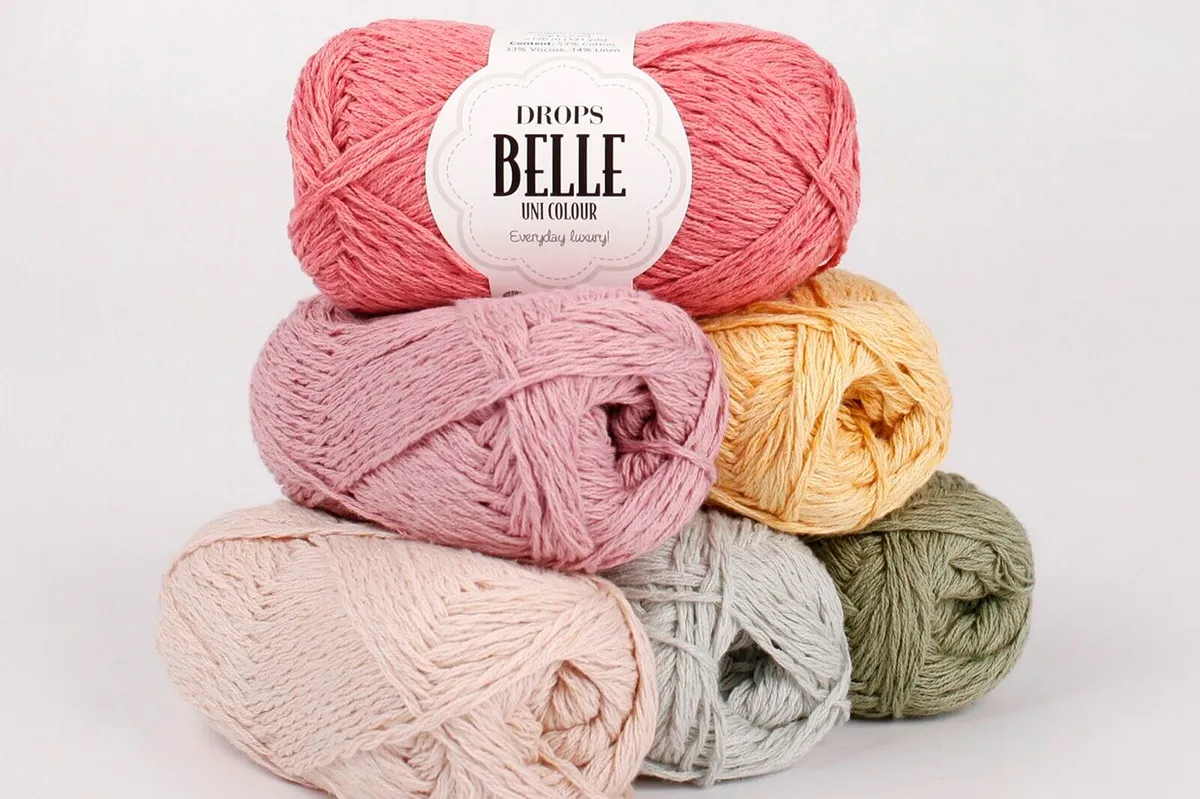
A fantastic linen knitting yarn at a great price, DK-weight DROPS Belle blends 53% cotton, 33% viscose and 14% linen in 50g/120m balls. Breathable and soft enough to wear next to your skin, it's a lovely option for your favourite cotton patterns.
- Buy DROPS Belle from Wool Warehouse
What to knit with linen yarn?
While linen can be used for any season, its cooling properties and flattering drape really shine in warm-weather garments such as short-sleeved tops and vests.
It's also great for light layers such as jumpers or cardigans for the spring and autumn, and accessories such as shawls and scarves.

To be sure that your yarn and pattern will work well together, look for designs created specifically for linen yarn.
If you're using a pattern for another fibre, be sure to knit a tension square and wash and block it first, to check that the yarn behaves as you expect. Linen can lie quite differently after washing!
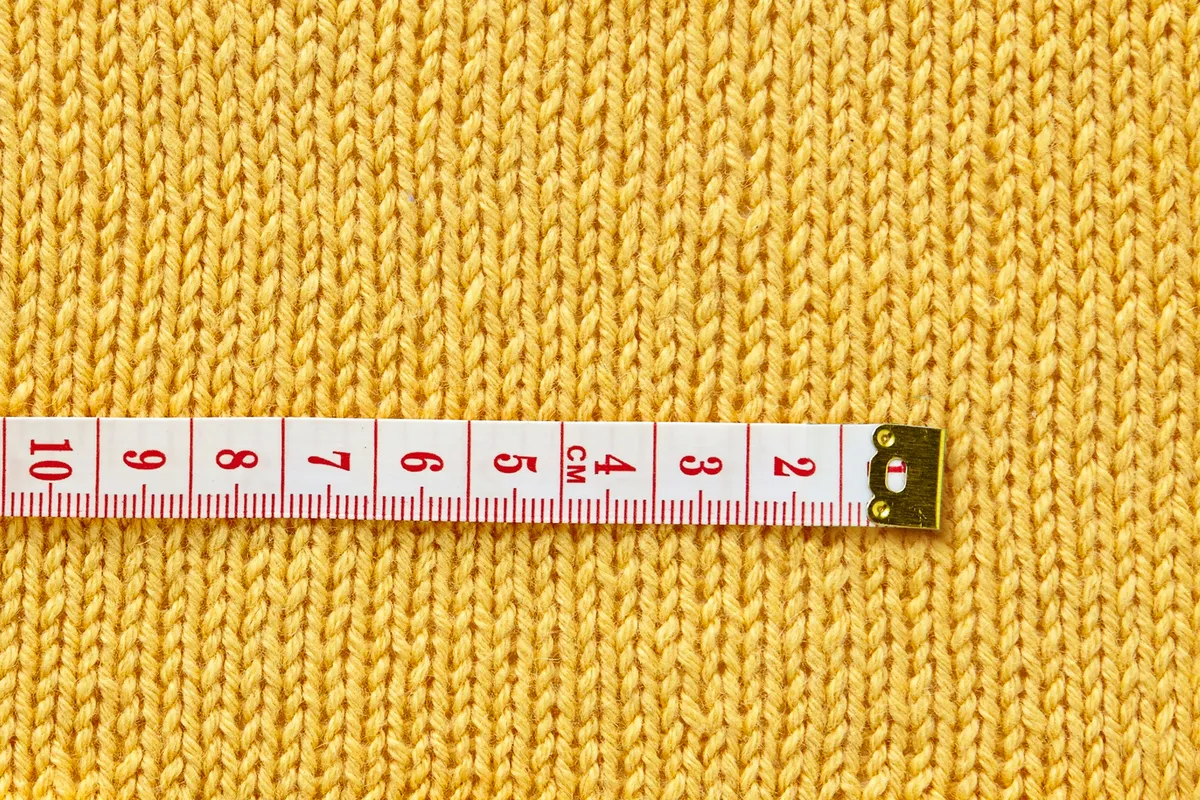
Linen is heavy and inelastic, so avoid cables or other bulky textures, as they can sag. Anything that requires stretchy cuffs for a good fit (such as hats, mittens or socks) is also a no-go.
When making garments, go for seamed rather than in-the-round constructions, as the seams add extra structure that the yarn itself doesn't have.
Those who are new to linen might want to experiment with simple homewares to get a feel for the fibre. Why not whip up some dishcloths or towels (quick-drying, durable linen is a good choice for both) to get a feel for how the yarn handles, before moving on to a garment?
Why we love linen
What's not to love about linen? It's strong, durable, moth- and pill-resistant, thermo-regulating and softens with wear. And it's eco-friendly too.
Grab one of the yarns in our list and give this fab fibre a go. If you're a knitter you may find it easiest to work with stretchier linen blends than 100% linen, while crocheters have their pick of all the yarns on offer.
Either way, we're sure you'll be a convert to linen yarn. Let us know what you've made on our social media – we love to see your finished projects.
Try new yarns with Gathered
If you like working with linen, check out our list of the best hemp yarn too! This durable plant-based fibre is a favourite of the Gathered team.

